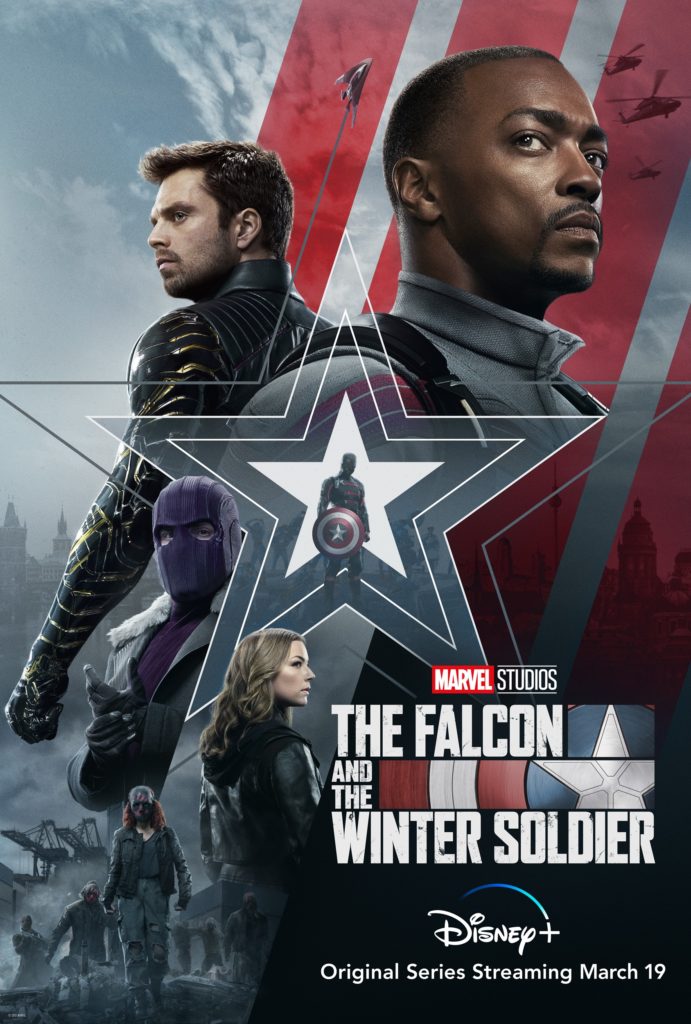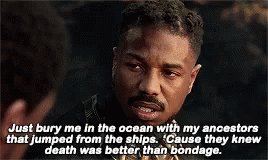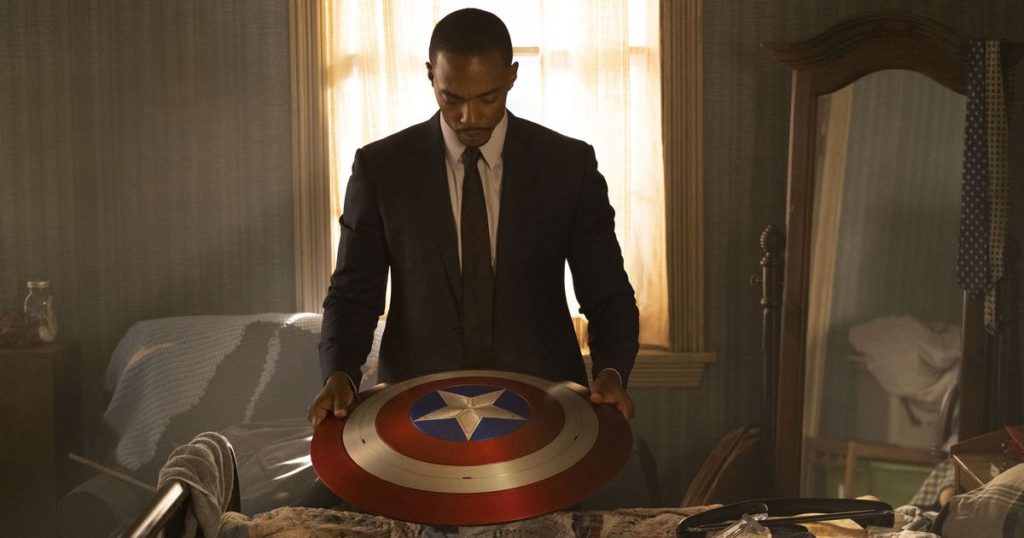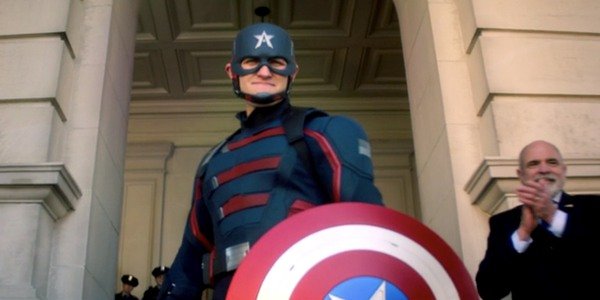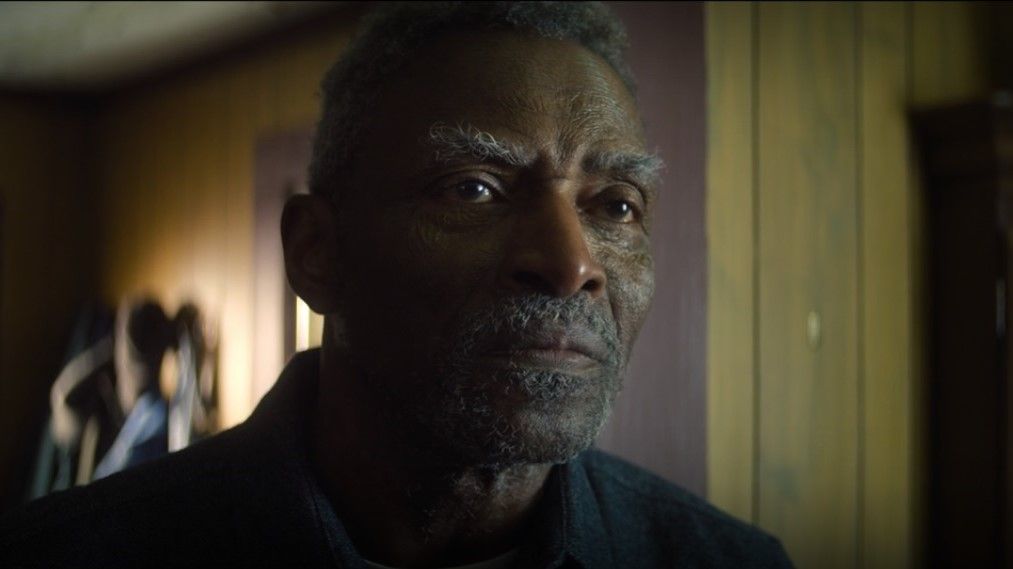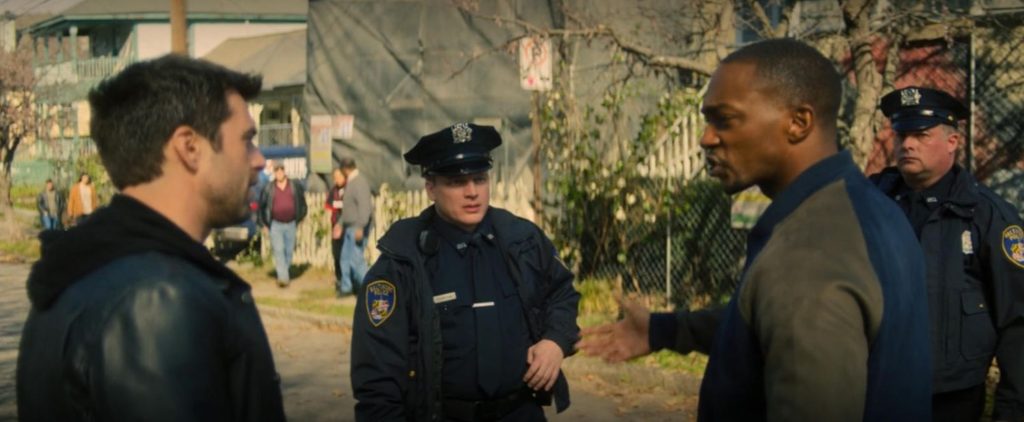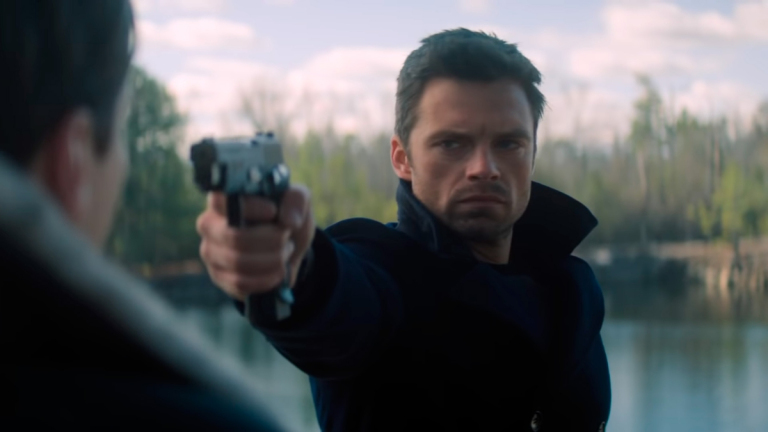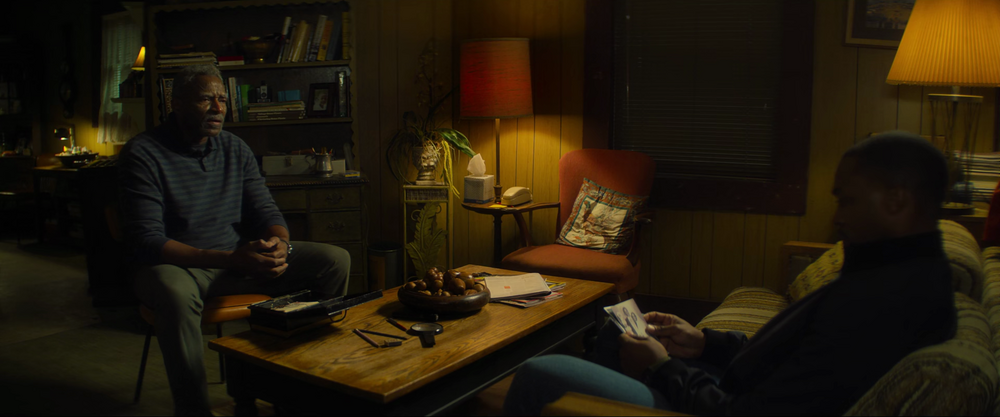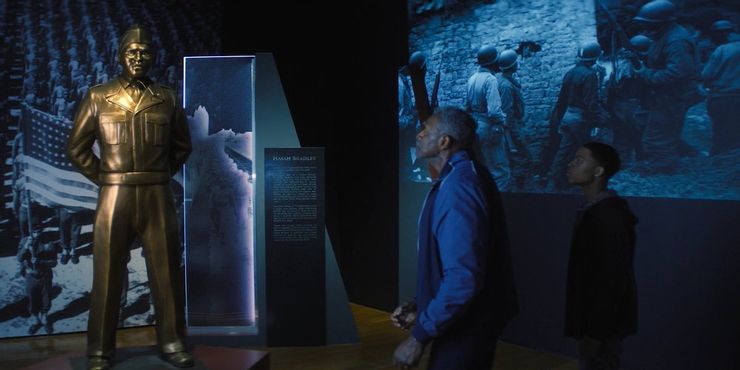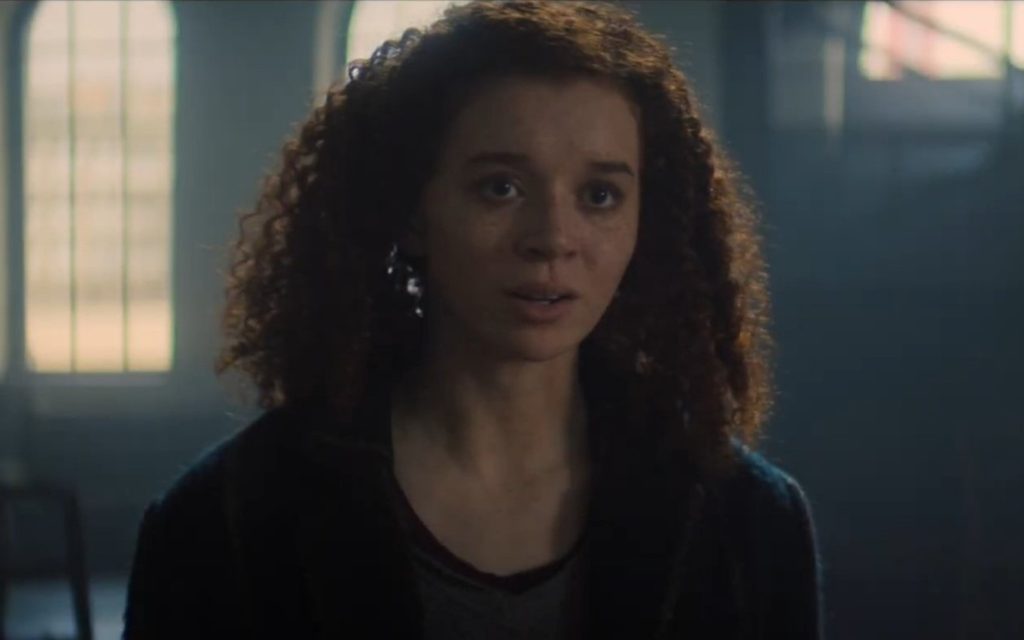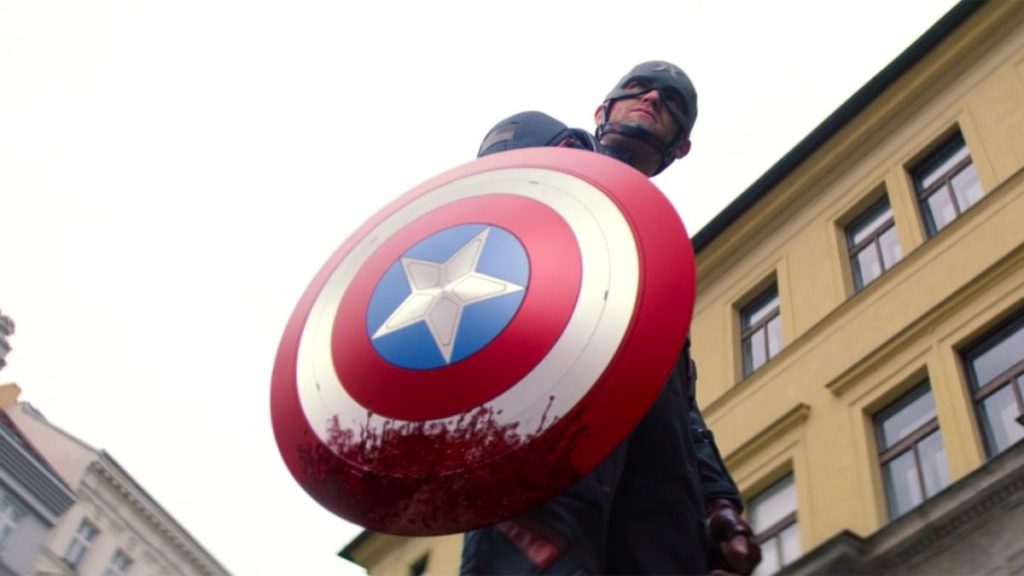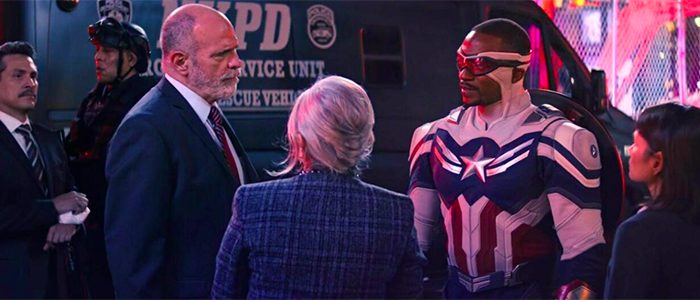Last week, I was given an opportunity to ride Islands of Adventure’s newest addition, the Jurassic World VelociCoaster. Now that soft openings for the ride have commenced and the intrigue about the ride has reached feverish pitch, I’ve decided to share my experience on this thrilling new coaster.
After entering Jurassic Park from the Hogsmeade side, a pathway splits into two by the Watering Hole: the right side continues as the thoroughfare of the themed land, and the left leads to the coaster’s entrance where a large attraction stands with a smaller one affixed announcing it is “Opening June 10th.” On top is the perfect circular signage of a coaster train accelerating with a group of raptors dashing on the bottom.
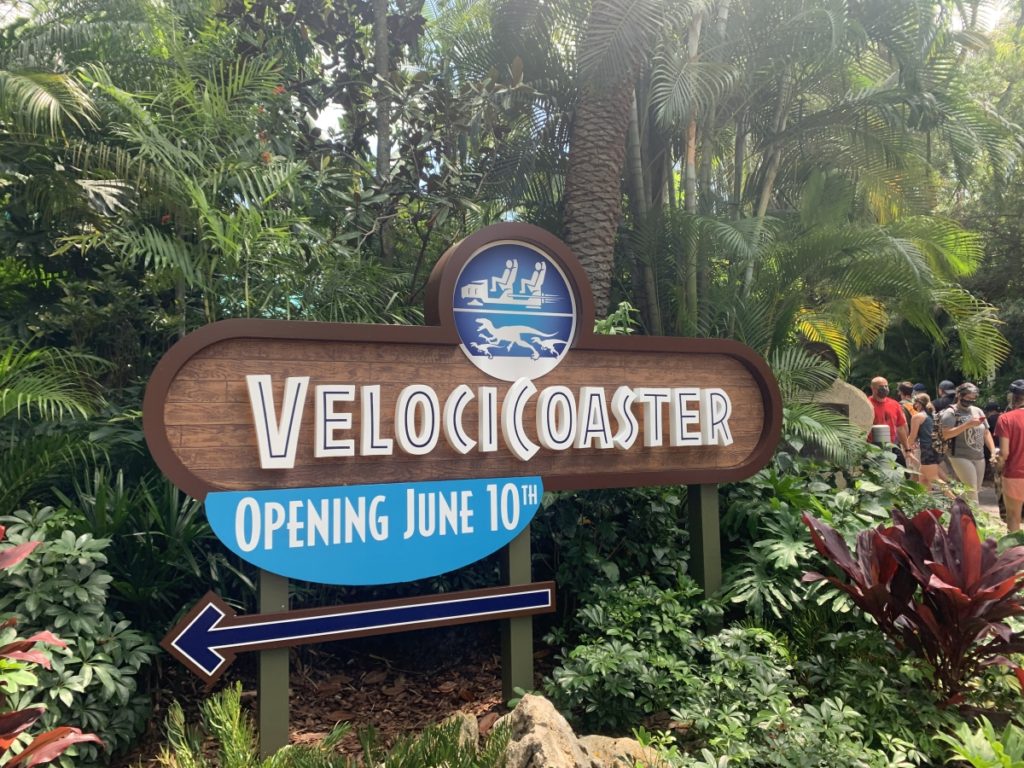
Once the left path is taken, guests soon arrive at the new entrance plaza of the coaster, occupying what was once the old waterfront of the Jurassic Park Discovery Center. The opposite side of the plaza has a new entrance, using the bridge that bypasses Hogsmeade, linking Jurassic Park and the Lost Continent. As you progress, the Zero-G Stall element (one of the airtime opportunities of the second half of the coaster) looms above you.
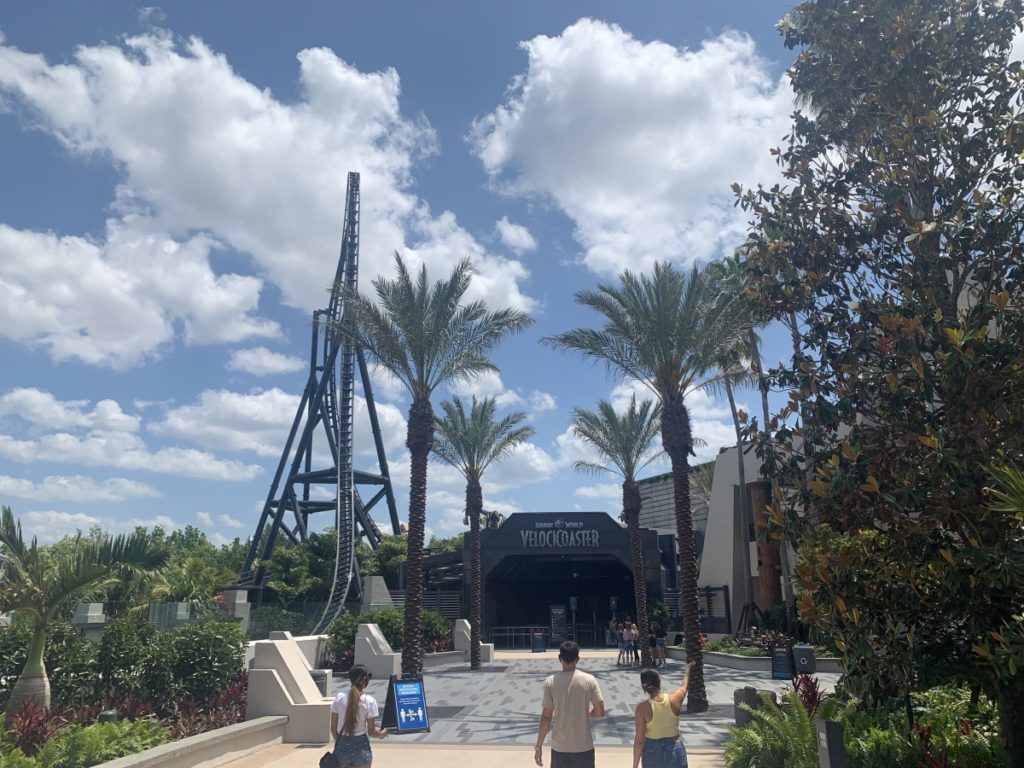
Entering the plaza, it is apparent that Universal’s creative team put in enormous effort to guarantee the plaza both fits the theme while showing off the impressive engineering of the marvelous coaster. An open space with several palm trees on the side opens before you, and the ride entrance looms in the background. To its left, you see the drop from the 155 ft Top Hat element. On its right are doors that open to the bottom floor of the Jurassic Park Discovery Center, now transformed into the VelociCoaster Store, the gift shop. Universal also put a test seat to the right, so guests can try it out for size and comfort.
Queue
The giant letters spelling “Jurassic World VelociCoaster” shout its name proudly in the instantly recognizable font from the films found throughout the land. Two small raptor statues lay claim to the top of the structure, just in case you foolishly believe you are safe. Inside, guests traverse a long room with light and sound effects. At the end lies a pedestal where a group of 4 raptor statues lunge at the queuing guests. Right behind them, a part of the coaster sticks out (assumingly the Top Hat) with the train dropping. Mr. DNA, the same character who explained Jurassic Park’s trapped-in-amber DNA cloning ingenuity in the 1993 film, informs guests what they should expect as they enter the raptor paddocks, including useful facts about velociraptors.
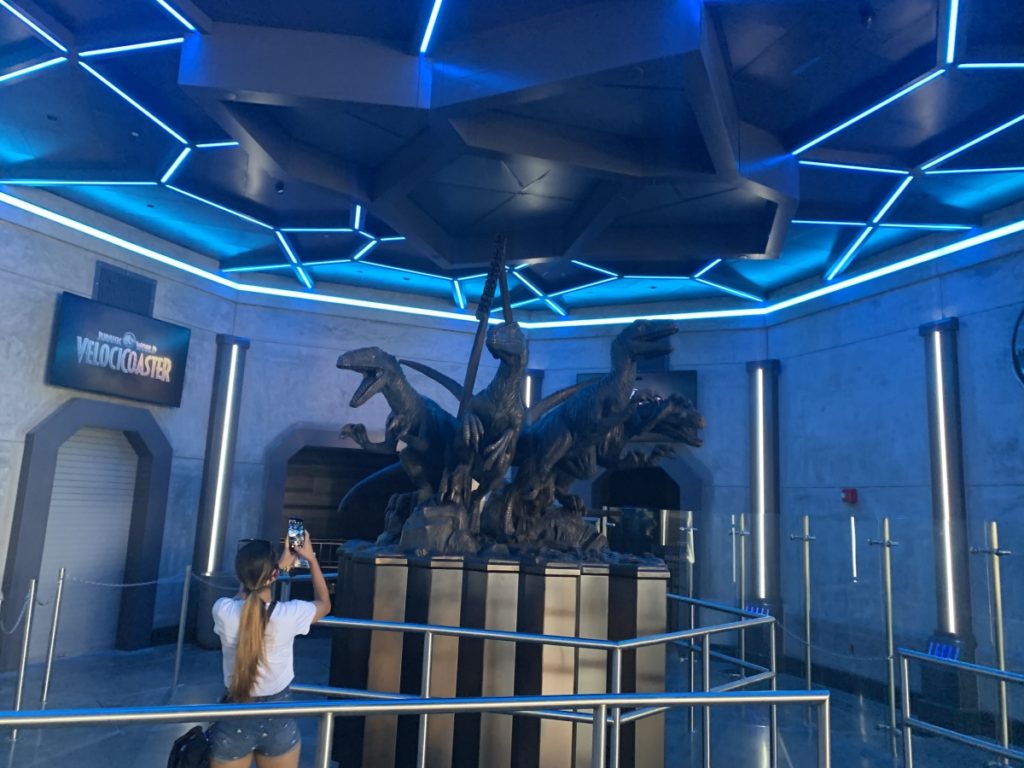
Guests continue to another room with red light effects as well as an opaque window, showing the first launch of the coaster. Right after, guests witness a group of raptors giving chase. Ominously, one in back stops and sniffs around before moving on. This room is an excellent example of how innovative Universal was willing to go with the queue elements.

Further on, you enter another room with switchbacks and a video of the animated host, Mr. DNA, explaining procedures for guests placing items in the lockers. He also explains guests must keep their Park Ticket in order to access the other side, where guests retrieve their waiting items. In addition, you also see a clips of the coaster going through the layout, as well as various books including one by Dr. Ian Malcolm (Jeff Goldblum) and a coaster train model.
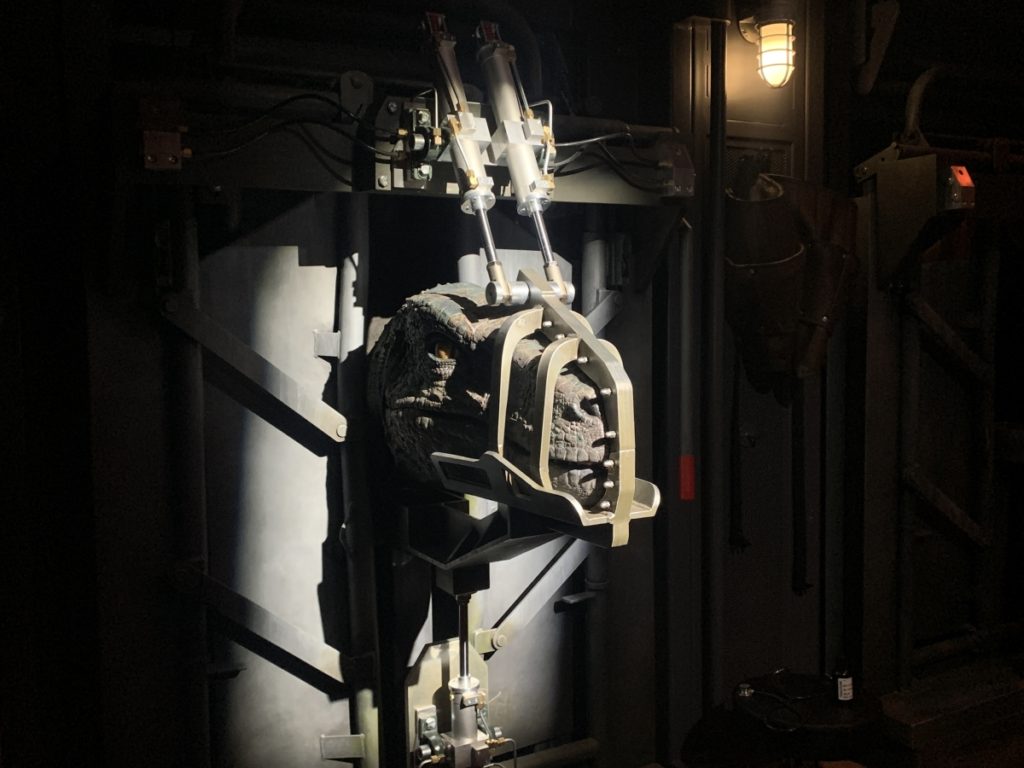
Entering another room, you come across the grooming stations where, according to the videos, raptors undergo “complex comprehensive examinations” after every cycle. In these stations, guests actually see two raptor animatronics (one to the left and one to the right) in face restraints. The left one in particular is very close to the line, so much so that guests even feel the air exhaled from their noses. I found these animatronics were very well-crafted with articulate and realistic motion from their eyes to their cheeks. Their motions even shook the paddock, which added to the tone of imminent dread and excitement.
Lockers/Metal Detectors
After this room, Mr. DNA appears again giving instructions on the subsequent locker room, as well as the metal detectors guests must pass through. This is another part of the queue I believe is successful. Ever since 2014, Universal has implemented mandatory lockers for all their outdoor coasters, like the Incredible Hulk Coaster, Hollywood Rip Ride Rockit, and (formerly) Dragon Challenge. Some say the cause of this measure can be traced back to 2011 when two incidents on Dragon Challenge occurred, involving guests throwing small objects that caused injuries to other riders (including the loss of sight for one).
This outrageous behavior may have resulted in the elimination of the dueling feature, a signature aspect of Dragon Challenge (dating from before its Harry Potter retheme, when it was Dueling Dragons). On the other hand, as someone who has personally witnessed a rain of phones and personal items falling at another park, Universal’s policy implementation of metal detectors on the major coasters to prevent such injuries seems wise.
This policy change exposed design flaws almost at once. For starters, lockers were placed at the beginning of these rides. Guests generally like to keep themselves entertained in long lines by bringing their phones to play games. Especially in today’s era of smartphones, lockers and metal detectors at the beginning of a queue cause guests to become bored and impatient without their phones.
Furthermore, the queues for Hulk, Rip Ride Rockit, and the former Dragon Challenge were not designed for a convenient back-and-forth procedure where a guest with their phone is caught and must return it to the locker (or with a non-rider). In a worst-case scenario, this causes chaos with angry guests.
On VelociCoaster, Universal fixed both of these problems entirely by situating the lockers within a room deep in the queue, just before the station. Guests not only keep themselves entertained in a potentially long queue, but also they can take memorable pictures of the great artistic detail placed along the line.
Moreover, the locker room is brilliantly designed, with an open space where guests wait to place their possessions. The lockers come in groups of stations with about 40 slot, each with a distinctive dinosaur logo presenting their station. So… how do the guests retrieve their items once they exit their ride? Well, there is actually an opposite side of the locker room where exiting riders can do so, simply using the door behind the slot.
Universal solved the problem brilliantly!
In addition, posters throughout the line advertise either rides that already exist in the Jurassic Park section (Pteranodon Flyers, River Adventure, and, of course, VelociCoaster). Other posters include different attractions from the movie like the Gyrosphere (from Jurassic World), T-Rex Kingdom, Camp Cretaceous, Indominus Rex, and Mosasaurus. Interestingly, two of them, Camp Cretaceous and Indominus Rex, tease “Coming Soon.” Hmmmm…
I am not sure whether these are hints at future additions; such as a future retheming of Jurassic Park into Jurassic World, perhaps turning Camp Jurassic into Camp Cretaceous, or the Indominus Rex being added to a potential transformation of Jurassic Park River Adventure into Jurassic World like they have at Universal Studios Hollywood. Of course, these could simply be story elements.
Either way, it is an interesting addition there…
Preshow/Station
After the locker room, guests take two flights of stairs into the preshow room where we meet Claire Dearing (Bryce Dallas Howard) who introduces the attraction to guests from the control room. She is joined by Owen Grady (Chris Pratt), who appears very concerned about this idea. He attempts without avail to convince guests to “go home” before caving into Claire asking her to give guests a “waiver” to sign. Grady explains his experience breeding raptors before warning guests that there “will be virtually nothing between you and four wild, hungry animals.”
Things look worse as workers agitate the raptors inside the paddock, causing them to get more aggressive. Grady, in response to Dearing’s question on what guests can expect, says this:
Well, every second you’re out here, you’re gonna be at risk. I mean, you’ll be going fast, but it doesn’t matter because there’s really no overestimating a raptor. They’re quicker than you realize, Claire!
Owen Grady (Chris Pratt), VelociCoaster
He explains that the raptors are “fired up” because they haven’t been fed and have caught the scent of the guests. Dearing continues to obfuscate, reassuring guests that this attraction is under control, while Grady ends with this:
I tell them the raptors are dangerous, they say “put a roller coaster in the paddock.” What could go wrong?
Owen Grady (Chris Pratt), VelociCoaster
Dearing than explains how Jurassic World and InGen partnered to create a train with infrared sensors on the headrest. She says that the train has “cutting edge security technology” and a “reinforced carbon fiber body,” enabling riders to “travel in complete safety.”
From here, the video ends while guests move towards the station.
I feel that this Preshow video was well made, showing both Howard’s and Pratt’s great acting (particularly Pratt, who of course not only played Owen Grady from the Jurassic World franchise, but also Peter Quill/Star Lord from Guardians of the Galaxy).
A window at the back of the station room shows the first half of the coaster in spectacular fashion. Meanwhile, riders are separated into 12 rows, where 2 guests board from their respective rows, loading each train up to their capacity of 24 riders. As the train approaches, its LED lights on the bottom glow blue. The gates open, and guests pull down their restraints from above. However, unlike an over-the-shoulder restraint (like with Cheetah Hunt for example), the only rider restraint is a lap cushion; essentially, a lap bar.
Ride Experience
The train proceeds outside of the station into turns, surrounded by barriers, before heading into the Raptor Paddock room, home of the first launch. You are greeted with Grady’s voice in the background, and as you look to the left where the opaque window is in the queue, raptors start running out of the paddock. Right after, the train launches into an immelmann loop, followed by a dive loop. Just after this dive loop is where the on-ride camera shoots photos.
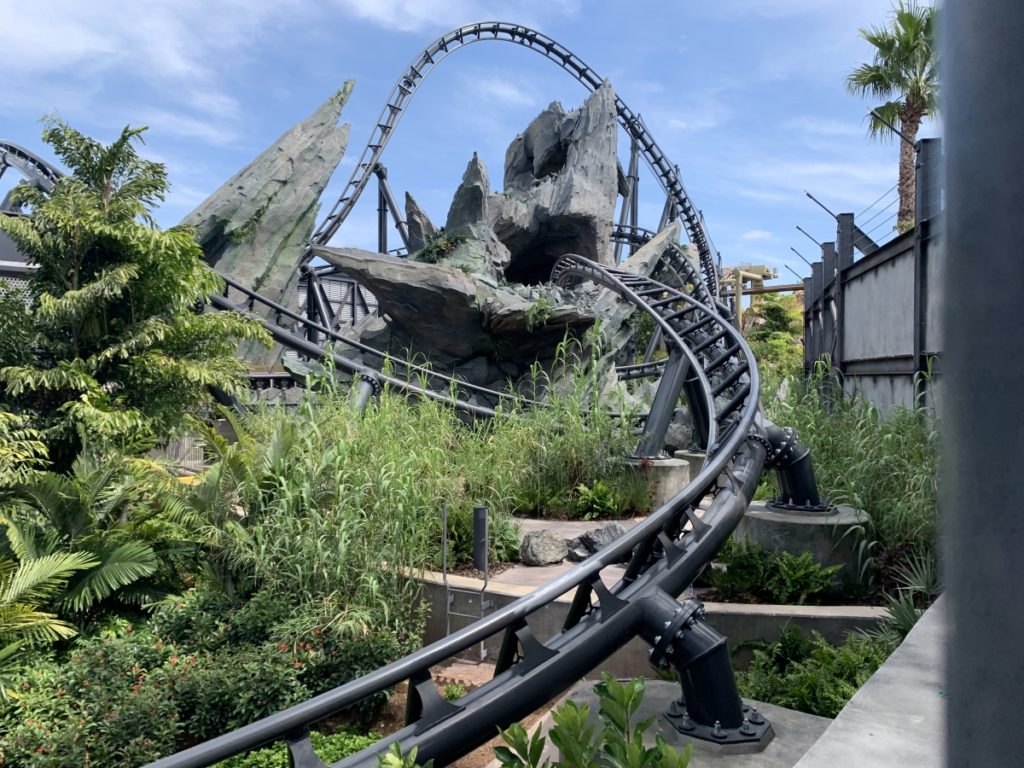
The train then proceeds through a curve, followed by an airtime element, and another curve through a rock structure, before cutting between two raptors, who are facing the train. Another curve follows and a second close raptor encounter. The ride then progresses through another rock structure, before dipping into the ground where the second launch is (fun fact: this part of the ride can be seen from a viewable barrier by the Raptor Encounter near Pizza Predatoria). This first half of the ride was definitely very immersive.
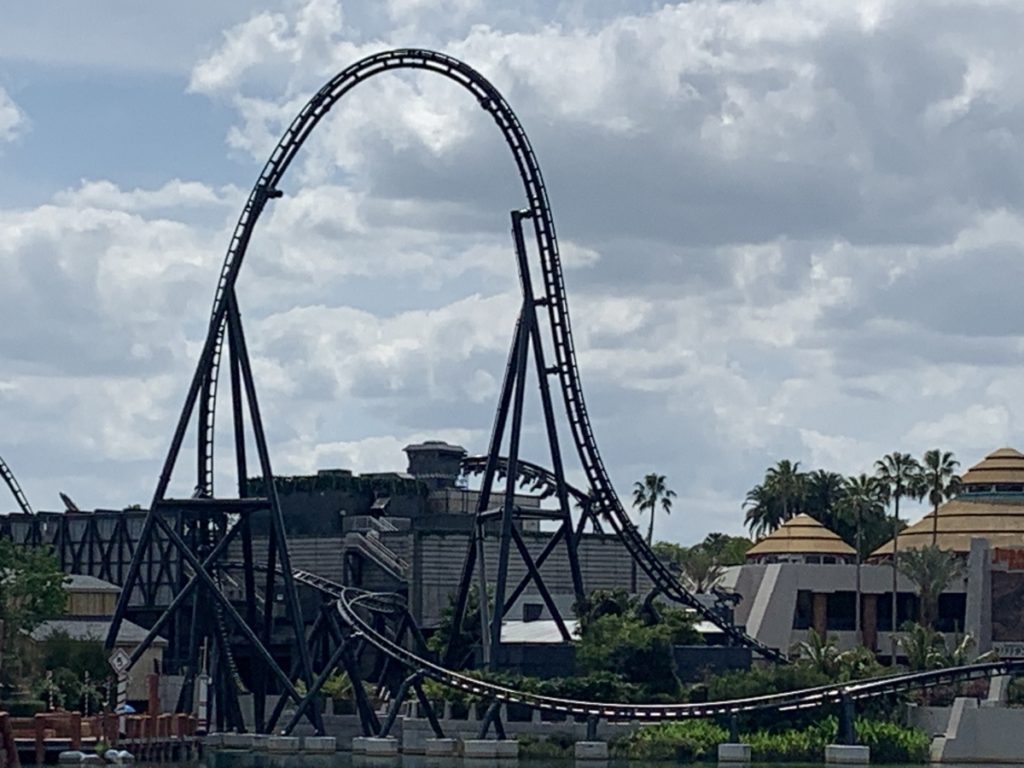
Now we arrive at the second launch where the ride is thrusted to 70 mph, propelling the train up the 155 ft Top Hat, followed by a 140 ft drop right beside the ride entrance. There is no way to exaggerate the thrill with the wind on your face and the airtime on top! What follows is also epic; a Zero-G Stall element where riders are flipped upside down, but are brought back the same way they entered the element. It is a feast of hangtime!
Next comes a series of curves over the lagoon between Jurassic Park and Hogsmeade, speeding past the bridge to the Lost Continent. First you go through a curve, followed by another one into an airtime hump. The train crosses the bypass bridge again before returning to the direction of the station, but the ride is far from over. Not only is there a bunny hop element (which is a great opportunity for airtime), but a barrel roll, which I feel is one of the strongest parts of the coaster. Wow! The proximity of the lagoon as the train inverts is crazy enough, but they add a hangtime even better than the Zero-G Stall, ESPECIALLY with the lap restraints!

The ride ends after a couple more curves, entering a barriered area. You hear more dialogue between Dearing and Grady, the latter showing a feeling of relief that things worked out better for the guests.
Exiting/Gift Shop
Exiting the station to the left, you descend a flight of stairs to the other side of the locker room where you retrieve your items, as described earlier. Guests then exit the ride building into a small shop where they can purchase their on-ride photo. The subsequent inevitable gift shop, “VelociCoaster Store,” situated on the bottom floor of the Jurassic Park Discovery Center, follows. Here there are additional lockers as well as items such as ride shirts, masks, and toys.
Closing Thoughts
Overall, I found this ride experience as a whole to be spectacular. The queue line design is probably one of the best Universal has done; from the interactions with the first launch, to the animatronics in the line. The acting in the preshow was great, and I’m really happy with the design of the locker rooms!
As for the ride experience, while I view Hagrid as a better overall ride experience (story, theming, and experience), VelociCoaster definitely ranks among the best coasters in Florida in terms of sheer thrills, and is likely Universal’s best in that regard! The airtime was legit, and the hangtime was just thrilling! In terms of other Intamin Blitz Coasters I’ve ridden, I believe VelociCoaster is better than Cheetah Hunt and is right up there with Maverick!
Even better, VelociCoaster serves as a quality thrill ride substitute to the recently removed Dragon Challenge. While I view Hagrid as an excellent improvement over Dragon Challenge, Universal was down one extreme coaster with the removal of its predecessor. VelociCoaster not only brought back that missing element, but one-upped it!
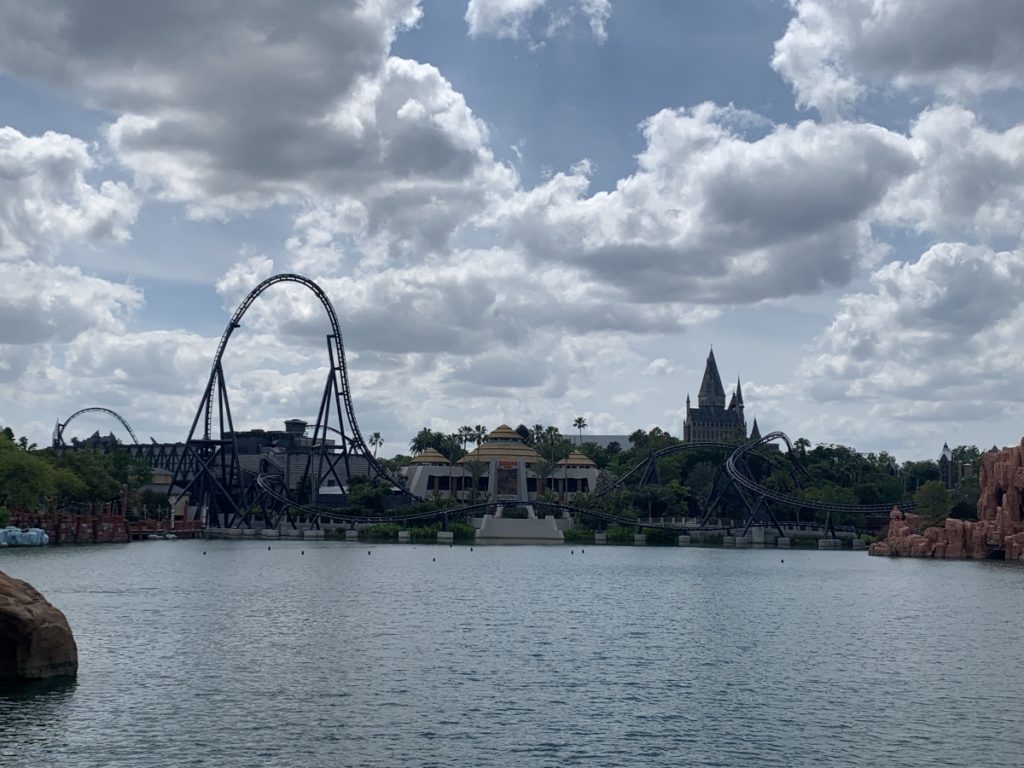
In my opinion, Universal built themselves a killer addition, yet again! I definitely recommend this amazing coaster!!




